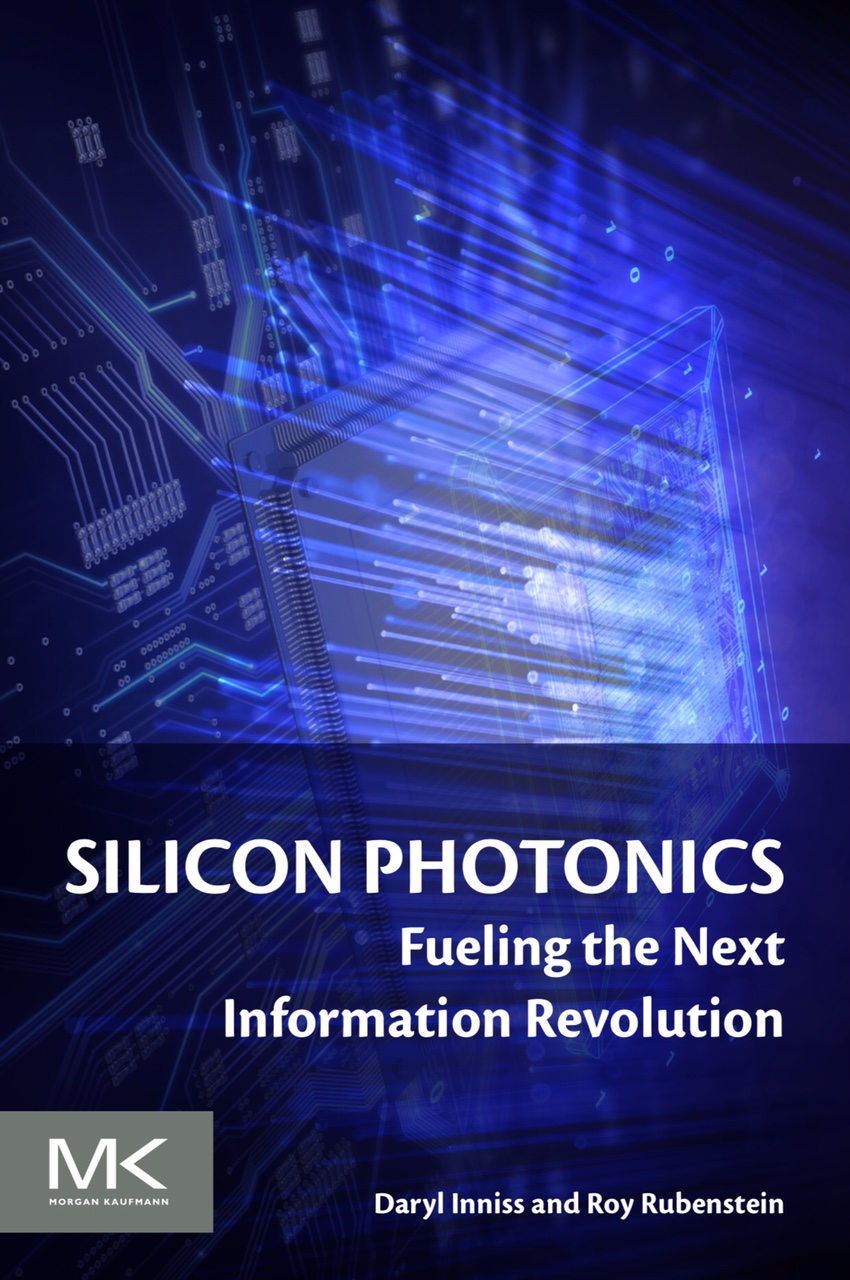The IEEE gears up for the next Ethernet standard
 Saturday, August 15, 2020 at 11:09AM
Saturday, August 15, 2020 at 11:09AM Completing an Ethernet specification takes years of effort. Just ask John D’Ambrosia of Futurewei who has spent the last 15 years chairing various IEEE Ethernet standards.
 John D'Ambrosia
John D'Ambrosia
He oversaw the standardisation of 40/100 Gigabit Ethernet (GbE) and 200/400GbE and he is now chairing two IEEE Task Forces standards addressing 100 and 400 coherent Ethernet.
He is also the Chair of the group looking at new Ethernet applications (NEA) or to give it its full title, the IEEE 802.3 Industry Connections NEA Ad Hoc group.
D’Ambrosia is driving the development of the ‘Beyond 400 Gigabit’ Call-for-Interest work of the NEA group that will define the next Ethernet standard.







